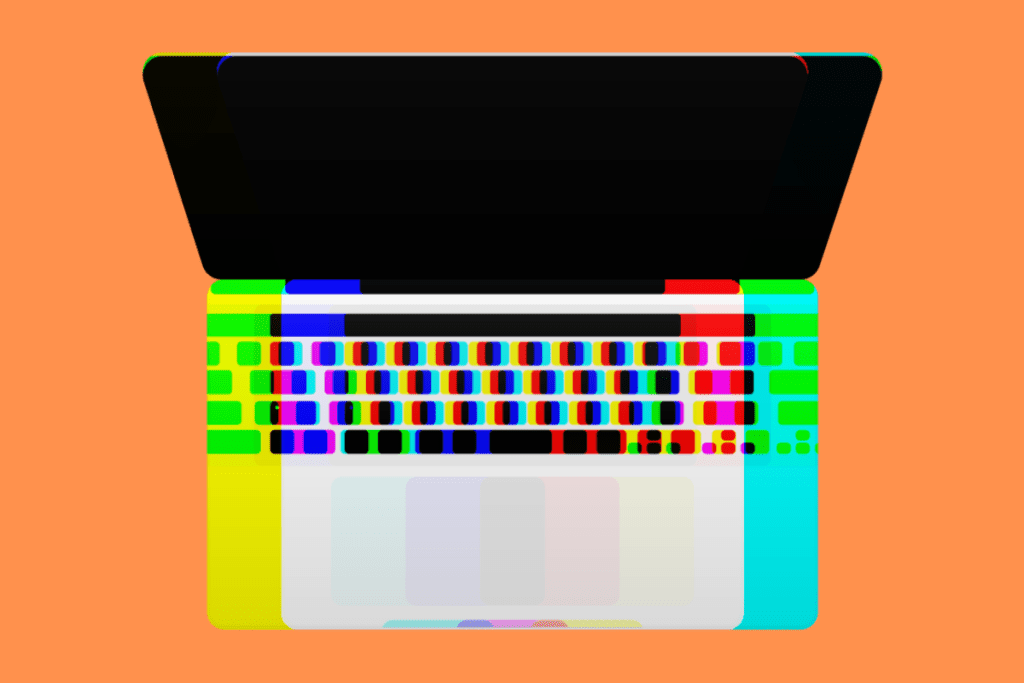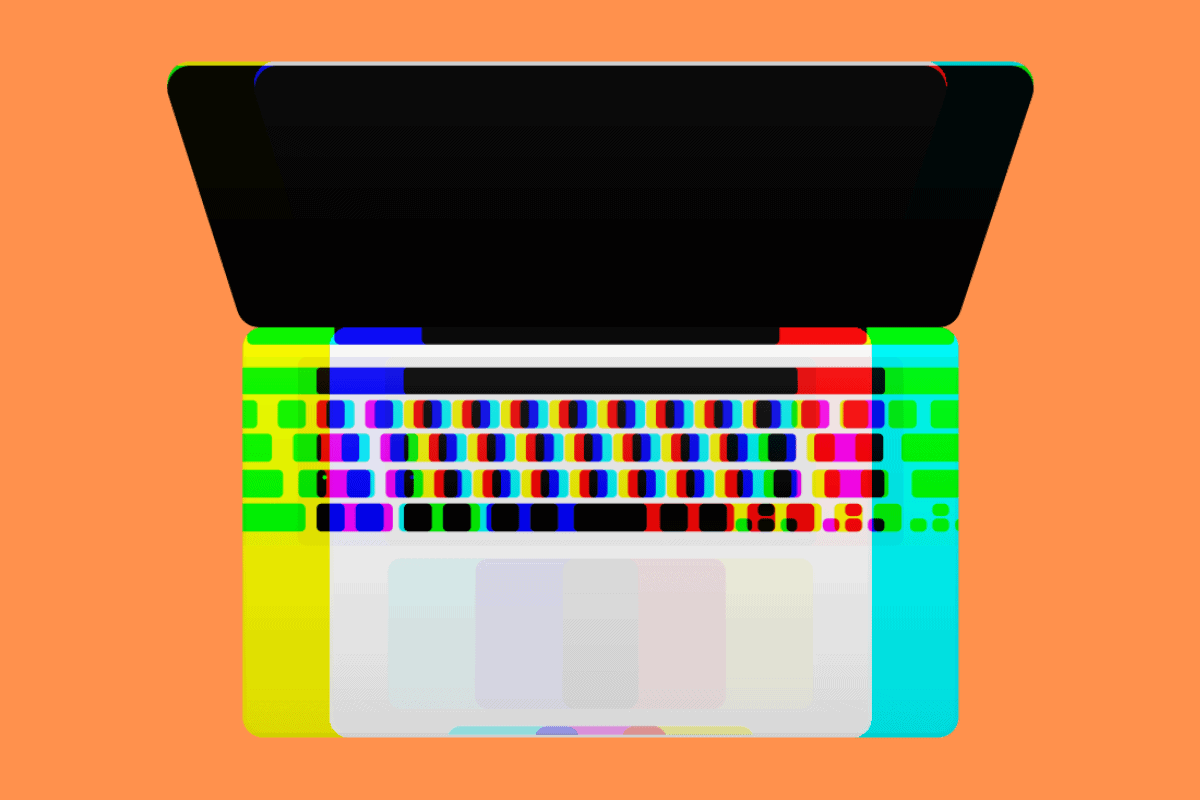If you’ve been using your Mac – be it a MacBook or an iMac – for a while, you might be wondering what your storage situation is looking like? Here’s how you check storage on Mac…
Most Macs – whether a MacBook, iMac or a Mac Studio – come with plenty of storage. In some cases, you have up to 2TB. But if you’re running a slightly older Mac, and you’ve had it for years, you might be curious about how much storage your Mac has left.
Storage is VERY important because once you run out, your system will no longer be able to save and store items – things like downloads, files, pictures, and the like. For this reason, it is advisable that you keep an eye on the available storage left on your Mac – you don’t want to run out!
How To Check Storage on Mac
Checking the amount of available storage on your Mac is really simple. All you have to do is click the Apple icon in the top left corner of your screen > select About This Mac > and then click Storage. macOS will then show you how much available storage you have left. You can also check how much memory you have in there as well – it’s the next tab along.
Depending on the storage version of your Mac, and the length of time you’ve been using the machine, you will either have LOADS of storage left – hundreds of gigabytes – or you’ll be running on fumes. If it is the latter, do not panic, there are plenty of ways to free up storage on a Mac. It just requires a bit of creative thinking.
Can You Expand Mac Storage?

All Mac computers – again, iMacs, MacBooks, and the Mac Studio – come with a FIXED amount of storage. This means you cannot expand the storage inside the machine itself, unlike on PCs. Most newer Macs use SSD hard drives and while you can, technically, upgrade these it is a VERY fiddly process and it will almost certainly void your Mac’s warranty.
This isn’t too much of a problem, though, because there are a number of ways to add more storage to your Mac, ranging from external hard drives to iCloud subscriptions and even network-based storage. We’ll explore all of these below in more detail.
How To Expand Your Mac’s Storage
As noted above, there are plenty of ways to expand your Mac’s storage – some are cheap and easy, others are more costly and require more setup time. The best solution for you will depend on how you use your Mac, how much additional storage you need, and whether you’re using a desktop Mac or a MacBook.
Here are all the best options for expanding your Mac’s storage.
1. Use An External Hard Drive
The easiest way to add more storage to your Mac is to use an external hard drive. This requires ZERO knowledge, it will keep your warranty intact, and it is the most cost-effective solution. You can pick up 1TB options for next to nothing. This is the simplest way to expand your Mac’s storage. I use this external drive for my MacBook – it is cost-effective, small, and has LOADS of storage.
2. Embrace Apple’s iCloud
If you don’t want to buy and carry around an external hard drive, another option for expanding your Mac’s storage is to use iCloud. More specifically, get yourself a higher cloud storage plan. Apple’s iCloud offers a range of plans – see below – that can add plenty of room on your Mac.
iCloud Plans
- 50 GB: £0.79 / $0.99
- 200 GB: £2.49 / $2.99
- 2 TB: £6.99 / $9.99
As you can see, iCloud is probably one of the cheapest ways to add in A LOT more storage to your Mac. You can get 2TB for less than $10 a month – and 2TB is A LOT of storage. The only downside is that you’ll need an internet connection to access and use iCloud.
But seeing as most people have their phones with them at all times, and phones can Hotspot, this isn’t necessarily an issue. The only time you might run into issues is if you’re aboard and you don’t have roaming enabled. If this does happen, you can always find somewhere with WiFi and download what you need.
3. Third-Party Cloud Storage
If you want to be all modern and do everything in the cloud, you’re not limited to iCloud. You also have plenty of third-party cloud storage options from the likes of Amazon Drive, Google Drive, pCloud, Dropbox. And in most cases, these third-party providers will be cheaper than Apple’s iCloud and have more options.
But. This is Apple we’re talking about here. It designs its devices to work best with Apple software and Apple products. For this reason, if you want the most seamless experience, you’re are definitely best off going with iCloud over, say, Amazon Drive or Google Drive. iCloud just works better on Macs, iPhones, and iPads.
For instance, I use a variety of cloud-based storage providers – Amazon, Google, Dropbox – but I find that iCloud is the best overall with how seamlessly it integrates with iOS and macOS. Yes, it is more expensive, generally speaking, but we’re talking about a few dollars here and there, not hundreds. If you want my advice, and you use Macs and iPhones, go with iCloud. It just works better on Apple products.
4. An SD Card
Most Macs – even older and brand new models – come with an SD card reader. SD cards are really inexpensive these days, so you can quickly expand your Mac’s storage using one of these. SD cards are easy to use, easy to transport, owing to their small size, and can hold quite a large amount of files and data.
There are downsides, however, and they mostly relate to how SD cards work and are used. SD cards are designed to be portable which is good but this means, if you’re not careful, you can damage them. If you damage your SD card, it will be tricky to get the data off it and you definitely do not want this.
SD cards are handy if you run a DSLR and want to keep your larger video and photo files off your Mac’s internal SSD. The upshot of SD cards is that you can take them everywhere – they’re tiny. This means you can hot-swap them between your iMac in the office and your MacBook when you’re on the go – or even your iPad or iPhone, providing you have the requisite adapter.
5. Wireless External Hard Drives
You can also use network-connected wireless storage systems to expand your Mac’s storage. Again, there are caveats with this method. The main one is that in order to interact with the network storage drive you will need to be on the same WiFi network – meaning your home’s WiFi network.
For desktop Macs, like the iMac or Mac Studio, however, a network-based storage solution is ideal. You can also use the network storage system with all of your other gadgets too, like your iPhone. And because these network storage systems are wireless, it almost feels like having more room on your Mac’s actual SSD.
The other downside to home network-based storage is that download and uploads speeds can be slow – unless you have rapid broadband. If you want to use this kind of storage solution in your home, keep the actual network storage unit in your office – or wherever your Mac is located – and physically wire it to the network. This will ensure fast downloads and uploads.
If you want to go this route, I have been using this wireless hard drive for the last 24 months and it has been brilliant.
How Much Mac Storage Do I Need?
If you’re thinking about upgrading your Mac and getting a new one, what’s the least amount of storage you can get away with? Apple’s new MacBook and MacBook Pro come with 256GB of storage on the base models. I’d argue this is not enough storage, especially since you’ll be running this Mac for years to come.
I would always advise that, when buying a new Mac, you should go with 1TB of storage. This is an insane amount of storage. With 1TB, you’ll never have to worry about running out of space on your Mac’s SSD. I’m currently using a 1TB iMac from 2014. I use it for work every day. It is my workhorse. And it still has over 500GB left on its SSD.
I’m a heavy user too – I run three businesses on my iMac. That’s a lot of data. If you’re a lighter user and you do most of your stuff in the cloud or online, sure, go with 512GB – that’ll be more than enough for “light” users. But I would strongly recommend that you AVOID the 256GB tier. The price will look attractive but you will run out of storage with Macs that run this amount of storage.
By going with 1TB of storage, you’re effectively future-proofing your Mac for YEARS to come. Yes, it will cost you a little extra. But that little extra will save you A LOT of headaches in the short, medium, and long term. My iMac is nearly 10 years old and I haven’t even tapped HALF of its 1TB of storage.
And check out What We Know About The Upcoming 15-Inch MacBook Air! Also, check out What We Know About Apple’s Hardware Subscription Service!


